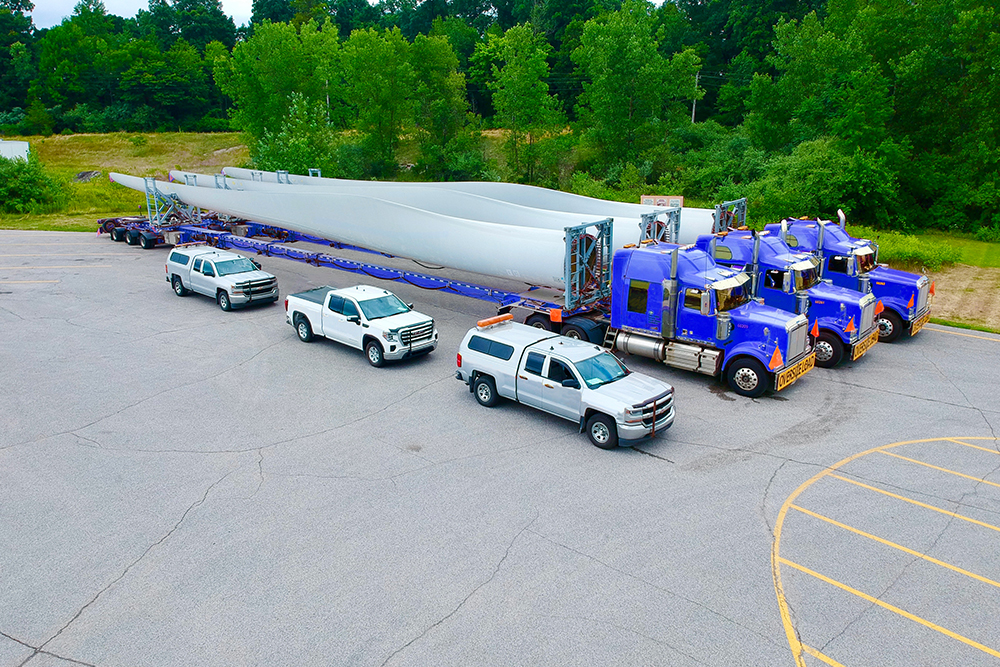In the United States and Canada, heavy load transport plays a crucial role in various industries, such as construction, manufacturing, and logistics. Moving oversized equipment, machinery, or materials from one location to another requires careful planning, specialized equipment, and adherence to strict regulations. In this article, we will explore the challenges faced by heavy load transport companies in North America and the solutions they implement to ensure the safe and efficient delivery of oversized cargo.
Challenges in Heavy Load Transport:
Road Restrictions:
- Different states and provinces have varying regulations regarding weight, size, and height limits for heavy load transport vehicles.
- Navigating through urban areas with narrow streets and low bridges can be particularly challenging for oversized trucks.
Permit Requirements:
- Transporting heavy loads often requires obtaining permits from multiple authorities, which can be a time-consuming and complex process.
- Permit costs can add up quickly and impact the overall transportation budget.
Infrastructure Limitations:
- The condition of roads and bridges may not be suitable for handling heavy loads, leading to potential damage to the transportation route.
- Lack of designated rest areas for oversized vehicles can pose challenges for drivers on long-haul trips.
Safety Concerns:
- Maneuvering large and heavy cargo poses risks to both the transport crew and other road users.
- Weather conditions, such as high winds or icy roads, can further exacerbate safety concerns during transit.
Solutions for Effective Heavy Load Transport:
Route Planning:
- Utilizing specialized route planning software to identify optimal paths that comply with regulations and minimize road restrictions.
- Conducting site surveys to assess potential obstacles and plan alternative routes if necessary.
Equipment and Technology:
- Investing in state-of-the-art trailers, hydraulic systems, and security mechanisms to safely load, secure, and transport heavy cargo.
- Implementing GPS tracking and monitoring systems to maintain real-time visibility of the cargo and ensure timely delivery.
Regulatory Compliance:
- Partnering with permit agencies and transportation authorities to streamline the permit acquisition process and stay updated on regulatory changes.
- Collaborating with law enforcement agencies to coordinate escort services for oversized loads during transit.
Training and Certification:
- Providing comprehensive training programs for drivers, riggers, and other personnel involved in heavy load transport.
- Ensuring that all crew members hold the necessary certifications and licenses to operate specialized equipment safely.
Sustainability Initiatives:
- Exploring eco-friendly transport options, such as hybrid or electric vehicles, to reduce the carbon footprint of heavy load transport operations.
- Incorporating best practices for fuel efficiency and emissions control to promote sustainable transportation practices.
Heavy load transport in North America presents a range of challenges that require strategic planning, advanced technology, and a commitment to safety and compliance. By implementing innovative solutions and embracing sustainable practices, companies can enhance the efficiency and reliability of their heavy load transport operations while minimizing risks and environmental impact.
By addressing these challenges proactively and leveraging the latest advancements in heavy load transport technology, companies operating in the United States and Canada can optimize their transportation processes and deliver oversized cargo safely and securely to their destinations.

